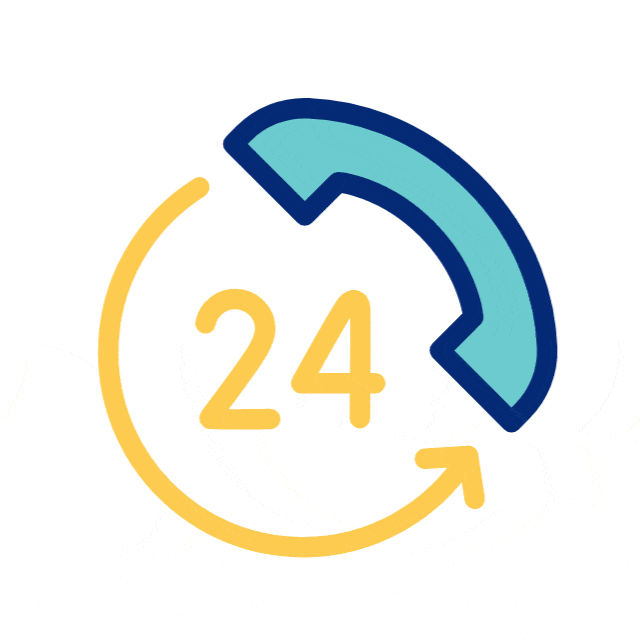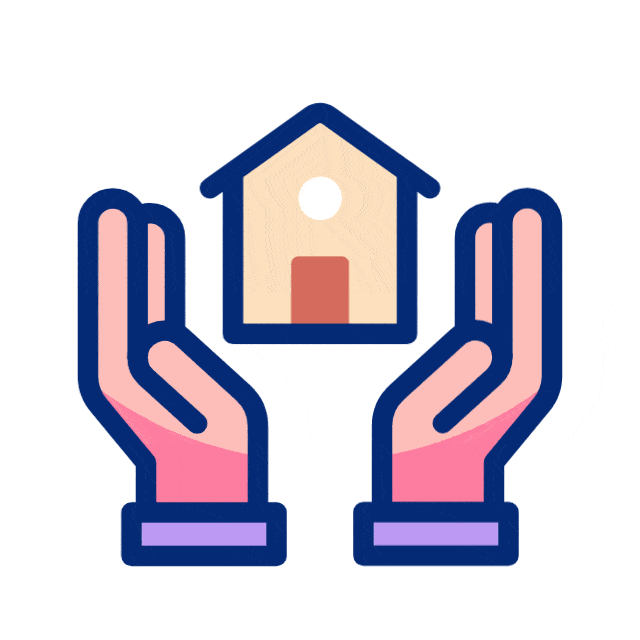Category : Orthopedics
Lower back pain is amongst the most common type of back pain generally encountered. It is a common disorder involving the muscles, nerves and bones of the back. Pain can vary from dull constant ache to a sudden sharp feeling. It can be classified as acute (<6weeks) sub-acute (6-12 weeks) and chronic (>12weeks).
Incidence
- Low back pain accounts for more than 12 million visits to doctors each year.
- It affects 50 % – 80 % of the population in their lifetime
- Second only to respiratory infection
- The most commonly affected age groups are 40 to 80 years.
- However recently there is an increasing trend in younger age groups as well.
- Females (28%) have a slightly higher preponderance when compared to males (24%)
- However, 90% of low back pain resolves within a year.
Pain is the body’s reaction to signals being sent from an injured area. The message travels through the nervous system and is received by the brain, where it is interpreted as “PAIN.” There are three specific movements that are responsible for most low back injuries:
- Bending
- Lifting
- Twisting
Other factors that may contribute to injuring your muscles and ligaments:
- Poor posture
- Long periods of standing
- Being overweight
- Structural misalignment
Acute Pain
Can be sharp and severe. It may go away on its own or with the application of ice or heat. If it fails to go away, it can develop into chronic pain.
Chronic Pain
Is the pain of long duration. It may be on and off. Due to its long-term nature, it usually indicates underlying damage to the structure of the back. This could be damage to the nerves, discs, or muscles.
Strains and Sprains can be caused by injury to muscles and ligaments. The muscles in the lower back are the workhorses for the whole body and therefore more likely to be injured.
Sprains
It can occur when a sudden, forceful movement injures ligaments that connect and help support the bones and joints in the lower back.
Strain
It occurs commonly as the result of poor conditioning or overwork of the muscles. When the body is out of shape, it doesn’t take much to overwork or even tears a muscle.
Herniated Disc
Also called a “slipped, ruptured, or torn disc”, this condition usually strikes a person in their 30’s to 40’s. The result is typically a sharp, cutting pain, which may also extend into the leg.
RED FLAG SIGNS
- History of trauma, cancer, osteoporosis.
- The onset of pain at age <20 or >55 years
- Thoracic pain
- Unrelenting pain or pain at rest
- Fever >38 C for 48 hours
- Sudden onset or unexplained changes in bowel or bladder control
- Sudden onset bilateral leg weakness or progressive motor weakness in legs with gait disturbances.
Treatment
- Lifestyle modification & Physiotherapy
- Medications
- Surgery
Some simple guidelines to follow are:
- Bending at the knees, not at the waist.
- When lifting objects, keep the object close to your body and keep the low back straight, not bent forward.
Fortunately, over 95% of people who experience low back pain do not have to resort to drugs or surgery to resolve it.
There are several physical approaches to these problems which we will now cover.
Posture Exercise
Sit in an extremely slouched position. After a few seconds, slowly draw your back up straight and arch it. Then relax the arch in your back about 10% to find your correct posture. Work up to using this position as your normal seated posture.
Full Back Release
Sit in a chair with your feet flat. Relax your shoulders and keep your head level. Relax your neck and curl your neck, upper back, and lower back slowly forward until your hands touch the floor. Hold for 10 seconds. Slowly straighten to your correct seated position.
Standing Back Extension
Stand with your hands on your waist, fingers pointed towards your spine. Bend backward at the waist. Avoid excessive bending.
- Hold for 10 seconds.
- Rest for 10 seconds.
- Repeat 10 times.
Side Bending Exercise
Stand up straight with your hands at your sides and your feet at shoulder width. Bend at the waist to one side by lowering one shoulder and running that hand down the outside of your thigh.
- Hold for 5 seconds.
- Repeat on another side.
- Repeat 3 times.
Rotational Exercise
Standing straight with the feet apart at shoulder width, clasp your elbows in front of you. Rotate slowly and rhythmically from side to side, increasing the degree of rotation as your tolerance increases.
Walking The Best Exercise
Walking is probably the best overall exercise for back and body health. Pay attention to your posture when you walk, and the proper swinging of the arms helps in improving proper back function.





